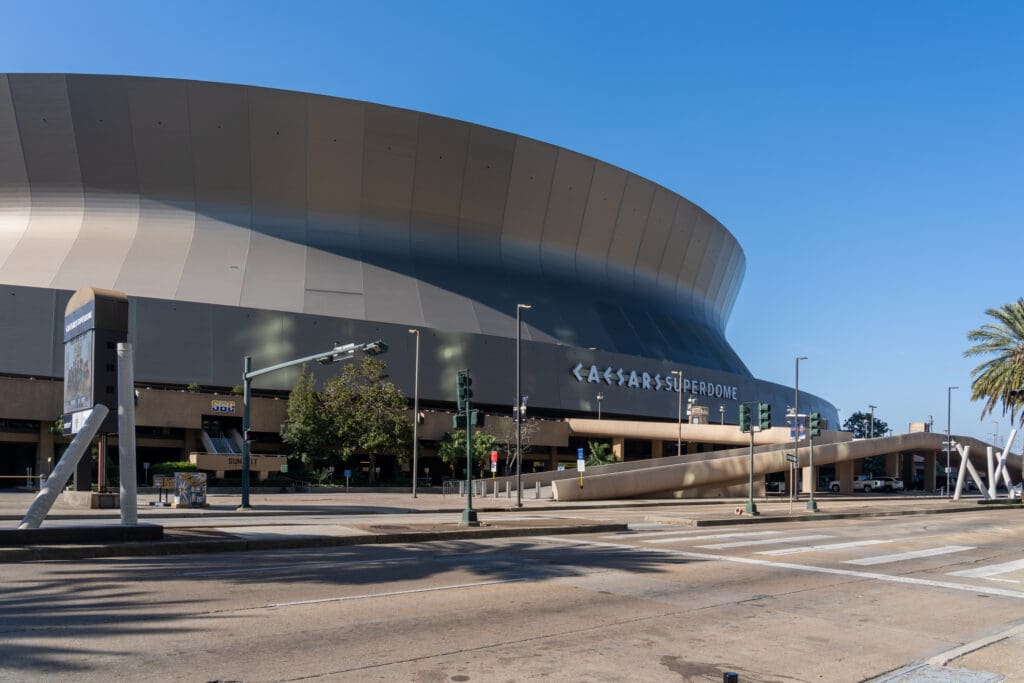4 Lessons For Political Marketers From This Year’s Super Bowl Ads


The Super Bowl is the biggest night in advertising and every year, brands spend millions — this year as much as $8 million — to capture the attention of an audience that has seen it all.
As political ad creators, we can take away some key lessons from this year’s lineup. Here are four that come to mind:
1. Emotion & Nostalgia Still Win
The most memorable ads weren’t the ones pushing AI or the latest tech. They were the ones that made us feel something—whether it was through a well-timed joke, a heartwarming story, or a callback to something familiar. Budweiser’s Clydesdale ad didn’t rely on a single spoken word to deliver a powerful message about resilience and tradition.
Like it or not, the pharmaceutical companies hit hard to rebuild their reputations with hope-filled ads like Pfizer’s spot about cancer patients living out their dreams. The Lay’s Chips “Little Farmer” ad used warmth and humor to tell a simple, relatable story that stuck with audiences. Political ads work the same way.To connect with voters, lean into emotion, shared history, and real human experiences over flashy production tricks. Voters want authenticity, not automation.
2. Celebrity Fatigue is Real (Kind of)
Another year, more Super Bowl ads starring Matt Damon and Ben Affleck. By now, their appearances have almost become a Super Bowl tradition—entertaining, but expected. Over 40 percent of the ads this year saw multiple celebrities appear, and while some of them were well-loved, such as Michelob’s Pickleball spot, half of the top ads on USA Today’s Ad meter didn’t have a single celebrity.
This shows us the problem: When celebrity endorsements become too common, they lose impact. We saw the same issue play out in the 2024 election, where Hollywood actors and musicians lined up behind candidates. The result? Their influence was diluted. When celebrities endorse everything, they influence nothing. For campaigns, that means prioritizing message over messenger. A compelling story will always outperform a famous face.
3. Story is King
The best Super Bowl ads didn’t just sell a product; they sold a feeling, a vision, or an experience. Whether it was Budweiser’s timeless storytelling or Lay’s crafting an emotional moment around a potato, the ads that resonated had a clear, relatable narrative. The same applies to political messaging. A well-crafted narrative—whether it’s about a candidate, a policy, or a movement—will always be more effective than a laundry list of stats or attacks.
4. Don’t Forget to Have Fun and Be Authentic
One of the most successful ads of the Super Bowl this year was Angel Soft’s Bathroom Break. $8 Million to put a 30-second timer on the screen with an Angel Soft logo. Not only was it cheeky and self-aware for a toilet paper company, it stood out, got plenty of attention, and was clearly a fun product to produce. On top of that, it didn’t require a multi-million dollar production, or celebrity appearance to win. And nothing says authentic for a toilet paper company than a bathroom break.
As we move into the next election cycle, the lesson is clear: Campaign ads don’t need to reinvent the wheel. The fundamentals still hold — emotion, authenticity, and story-driven messaging will always beat out the latest trends.
Tate Holcombe is the Creative Director at GoBIG Media, where he has been crafting impactful political creative for 7 years. With more than a decade of experience in the creative industry, Tate has led the Creative Team at GoBIG Media to create award-winning projects.
